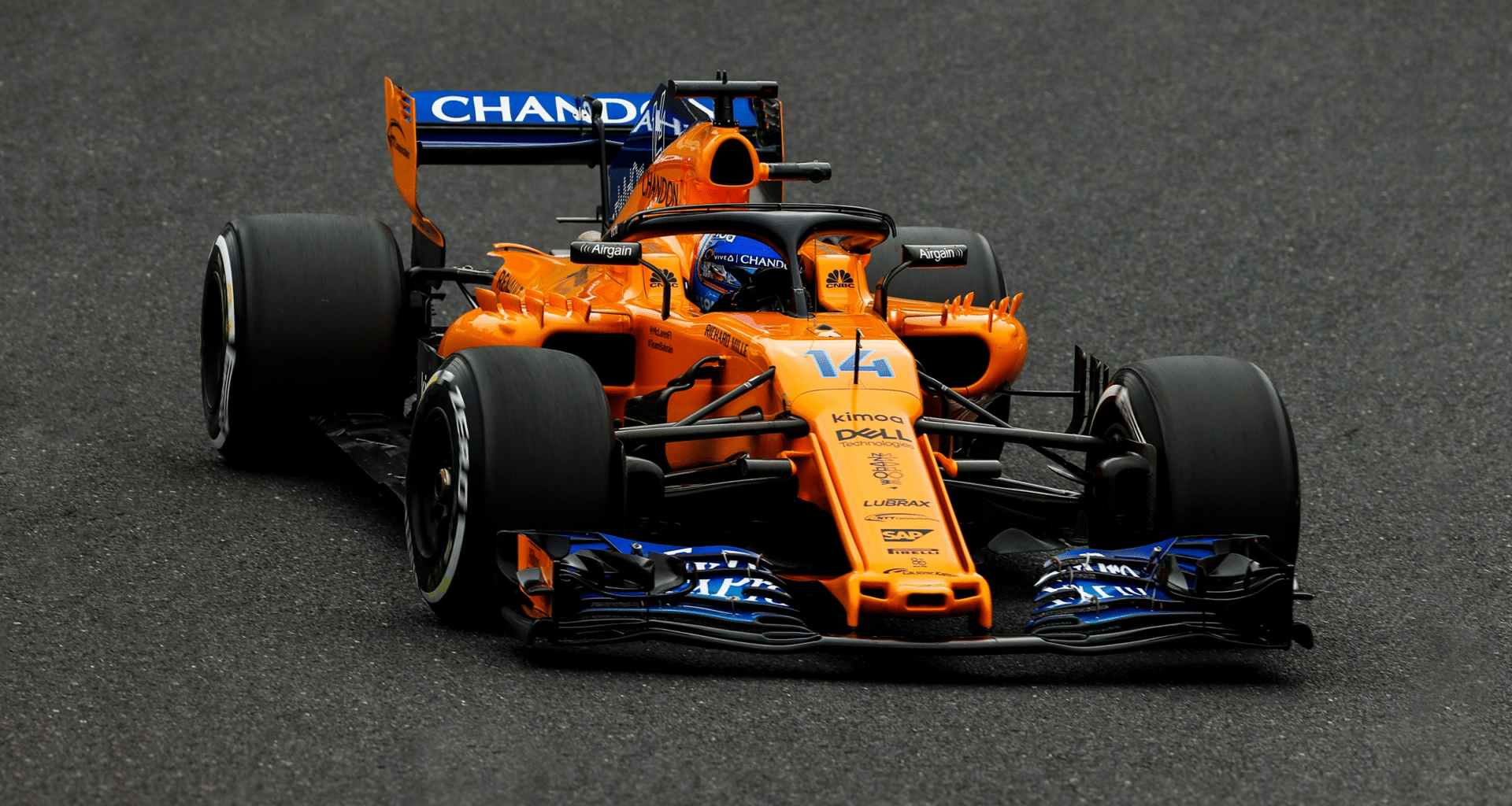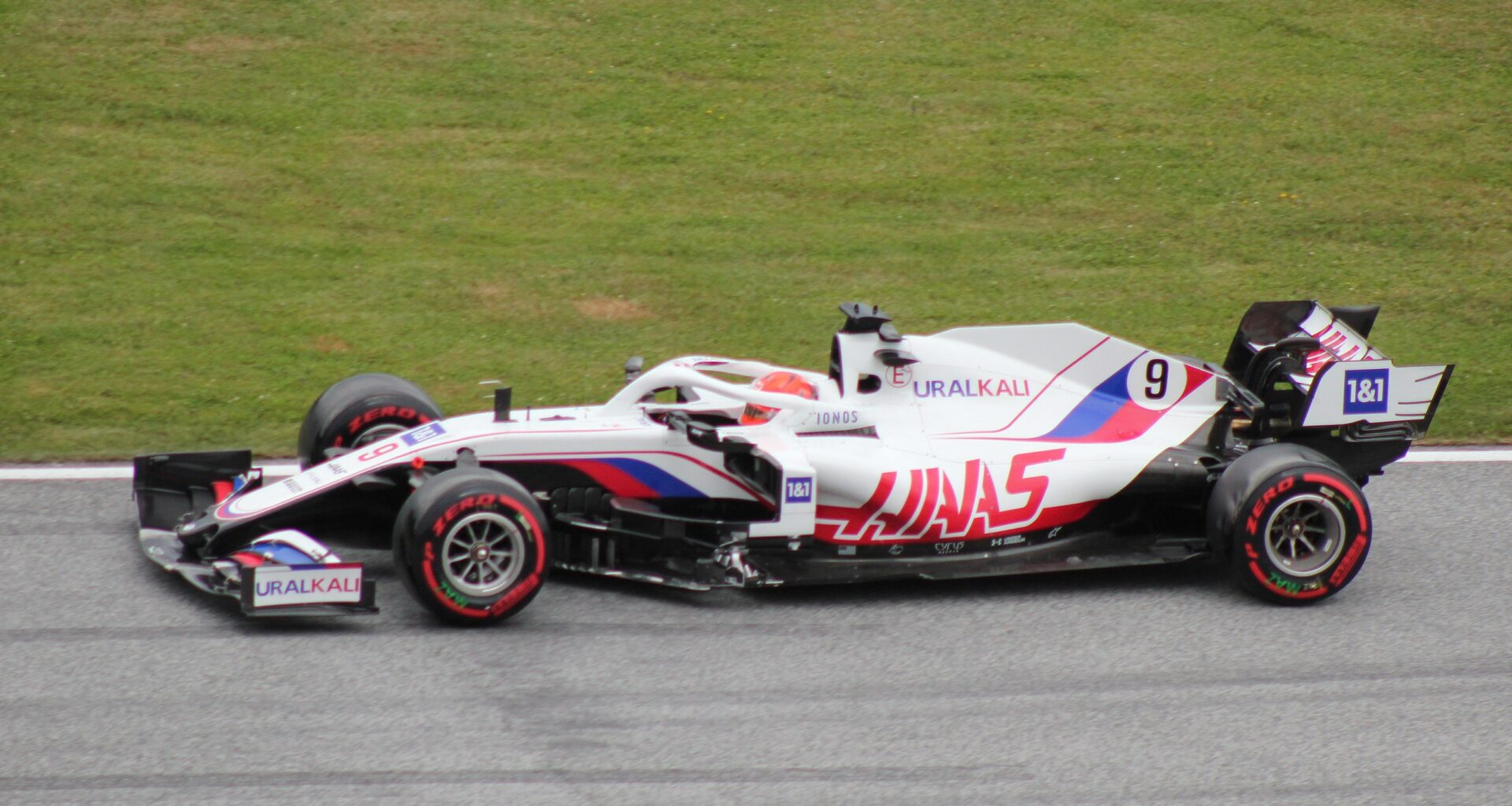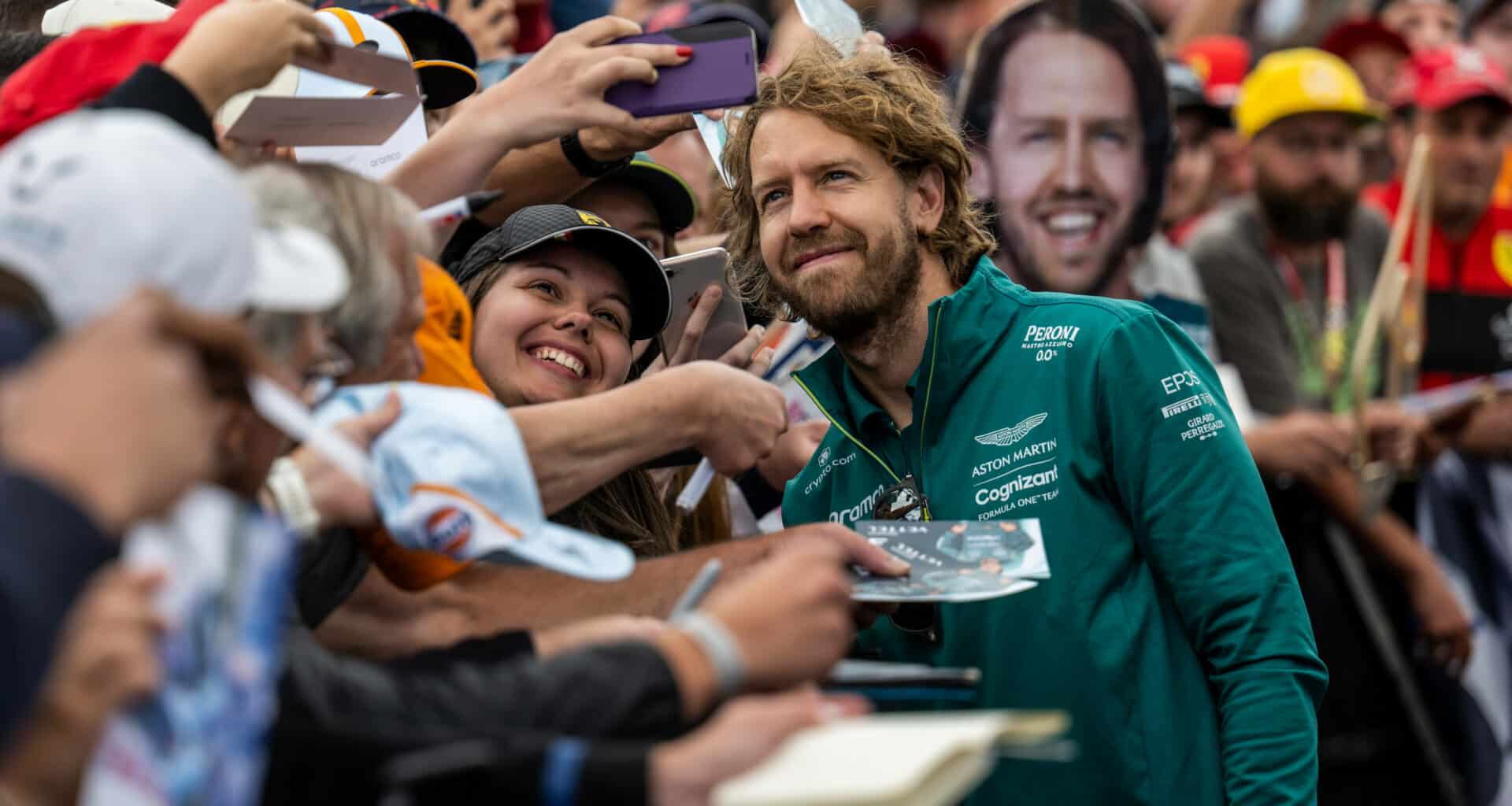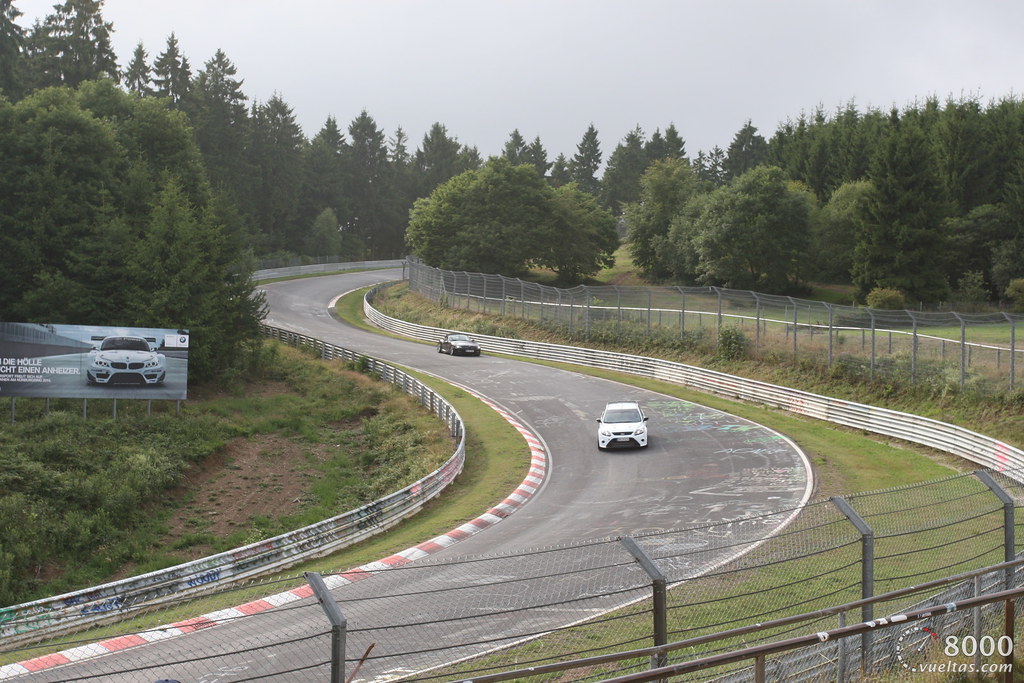In Formula One, a formation lap is primarily used to provide drivers a chance to evaluate track conditions on race day, warm up their cars and tyres, and make any last-minute tweaks before the race starts.
Drivers use this lap to familiarize themselves with the track, spot any hazards, and warm up their tyres to maximize grip levels during the race.
Drivers can fine-tune their plans during the formation lap based on the most recent information available and get themselves in the right frame of mind for the race.
Table of Contents
The Process of F1 Formation Laps Explained
Drivers line up on the grid in the order established by their qualifying times at the start of the formation lap.
They then complete a slow lap of the track while being led by the driver who started in pole position before going back to their grid positions for the start of the race.
Drivers frequently swerve from side to side during this lap to warm their brakes and tires.
Also, they communicate with their teams and racing strategists to discuss race tactics and any last-minute modifications required due to the track’s current conditions.
Formation Lap Rules and Regulations
The Fédération Internationale de l’Automobile has established certain guidelines for formation laps in F1 racing (FIA).
One important regulation prohibits drivers from overtaking other vehicles during the formation lap unless the vehicle in front of them is disabled or poses a hazard.
In order to avoid penalties, drivers must keep a safe distance from the vehicle in front and should not permit the gap to widen excessively.
Notable Incidents During Formation Laps in F1 History
The most of the time, formation laps are slow and under control, but there have been a few noteworthy occurrences over the years.
For instance, Nicholas Latifi experienced a minor collision during the formation lap of the 2021 Monaco Grand Prix.

Role of the Safety Car in Formation Laps
In some cases, the race director may decide to have a safety car lead the formation lap. This usually happens when there are track hazards or wet weather conditions.
When this occurs, the safety car sets the pace, and the other drivers must keep up while still keeping their grid positions.
Drivers can start racing and overtaking as soon as the safety car comes off the track.
Evolution of Formation Laps in F1 Racing
In order to increase safety and solve various issues, formation laps in F1 have undergone multiple rule modifications over the years.
To assist drivers in preparing their cars for the race and warming up their tires, the FIA made formation laps necessary in the 1970s.
The formation lap is still a crucial component of F1 racing today, giving drivers and teams tactical and strategic advantages.
Frequently Asked Questions about Formation Laps in F1
- Do all F1 races have formation laps? Yes, formation laps are a mandatory aspect of all Grand Prix races in Formula 1.
- Are drivers allowed to overtake during a formation lap? No, overtaking is not permitted during the formation lap unless the car ahead is disabled or presents a hazard.
In conclusion, formation laps are important in F1 racing because they provide drivers a chance to inspect the track, warm up their vehicles and tyres, and make any final modifications before the race starts.





